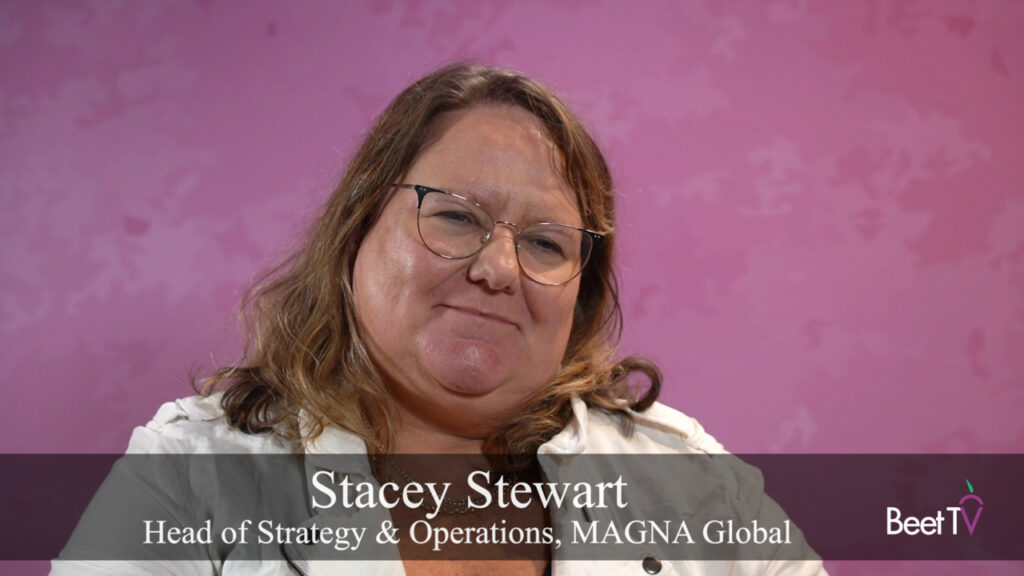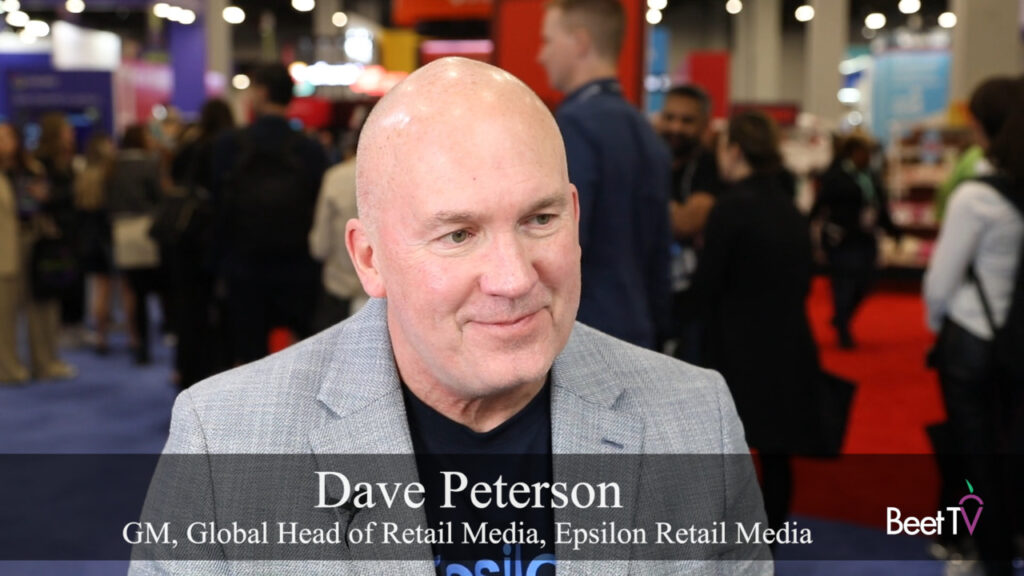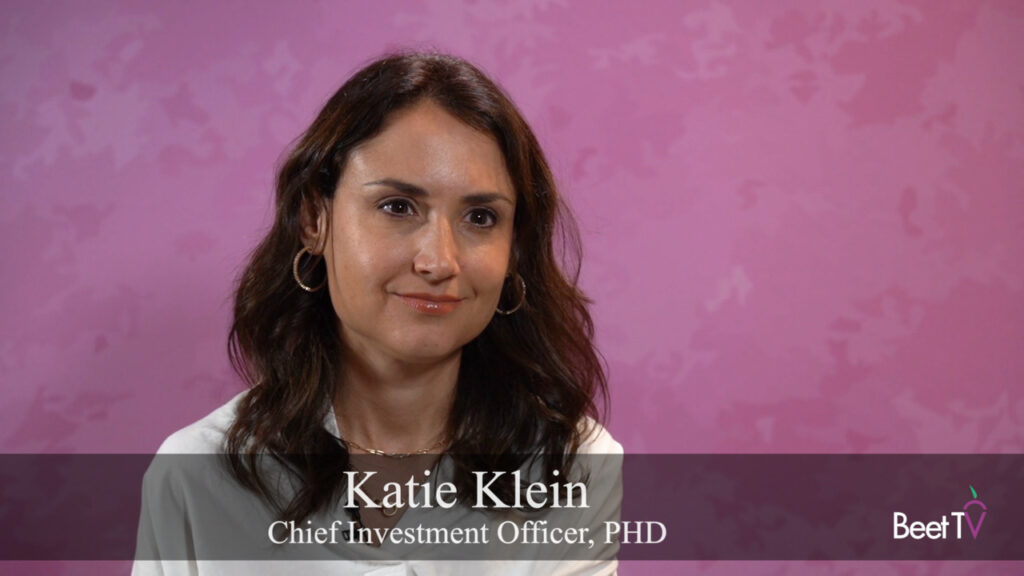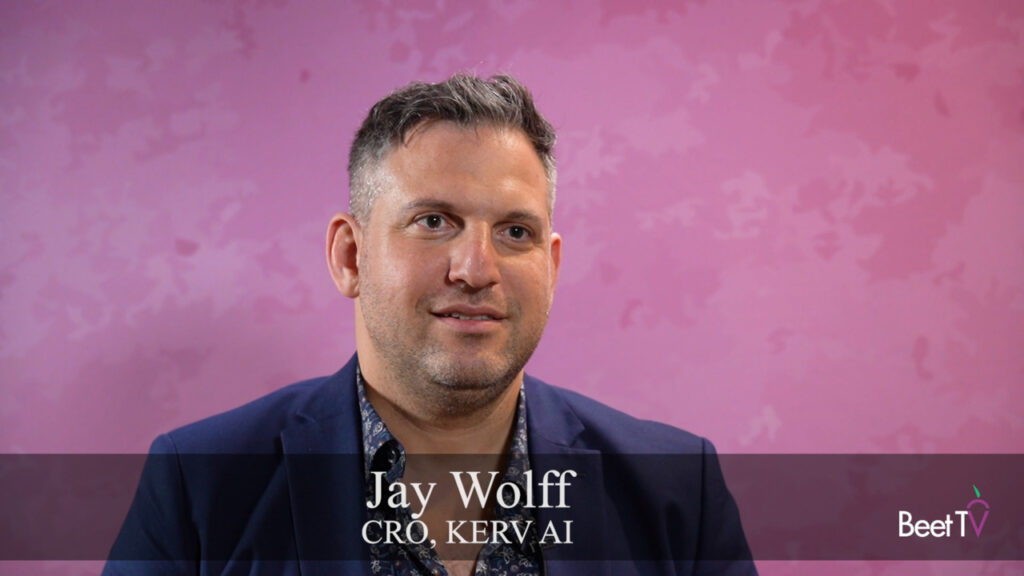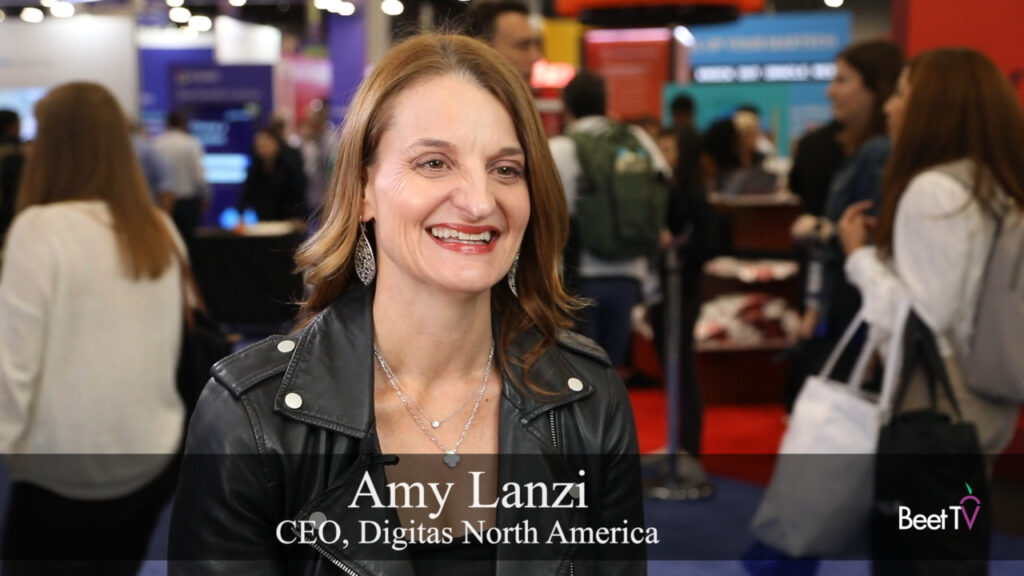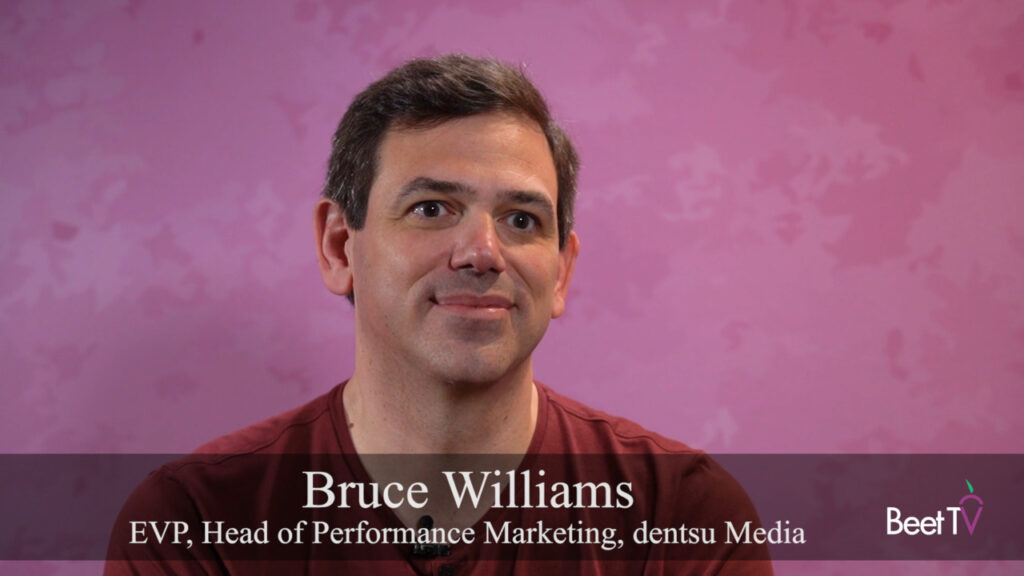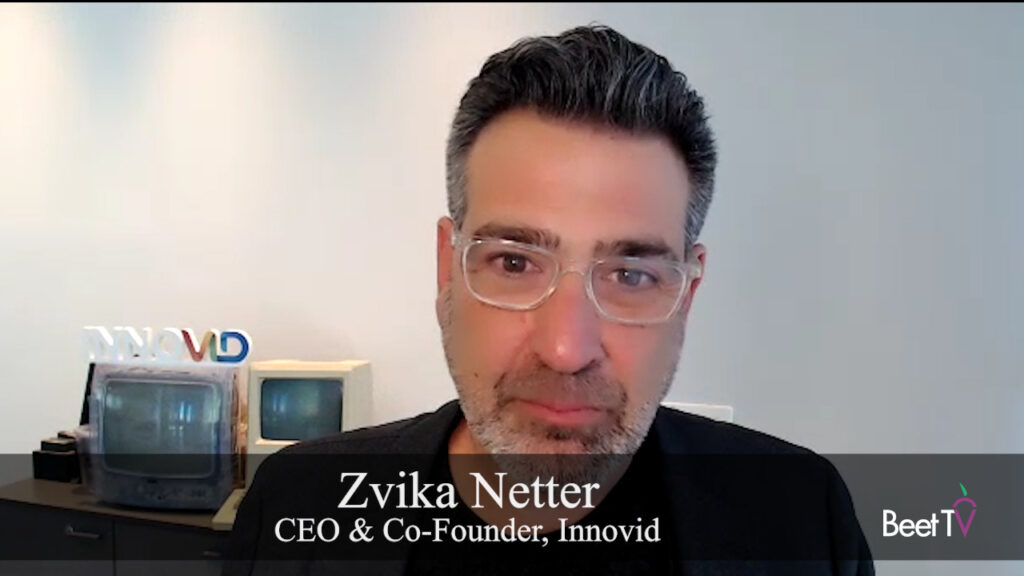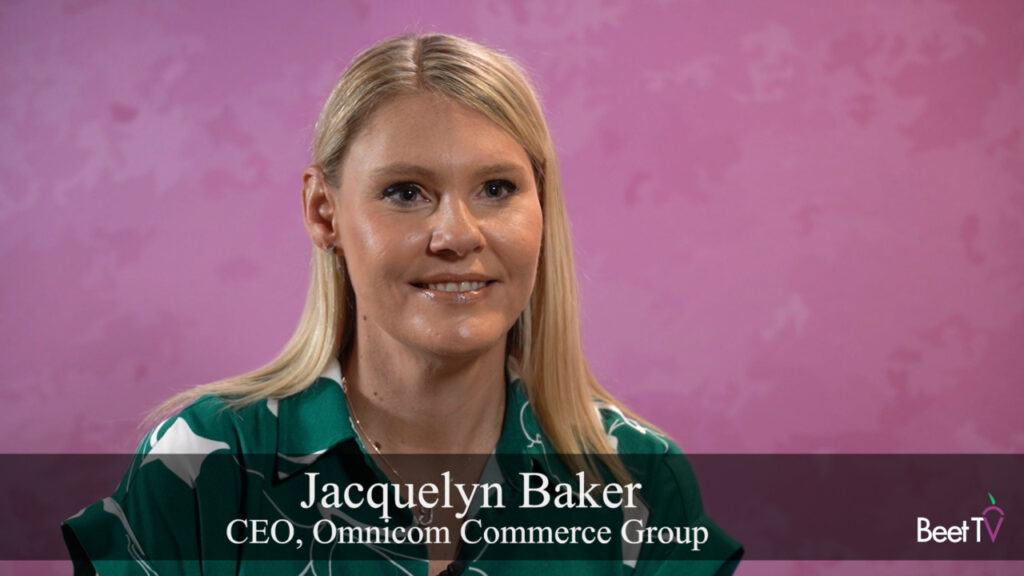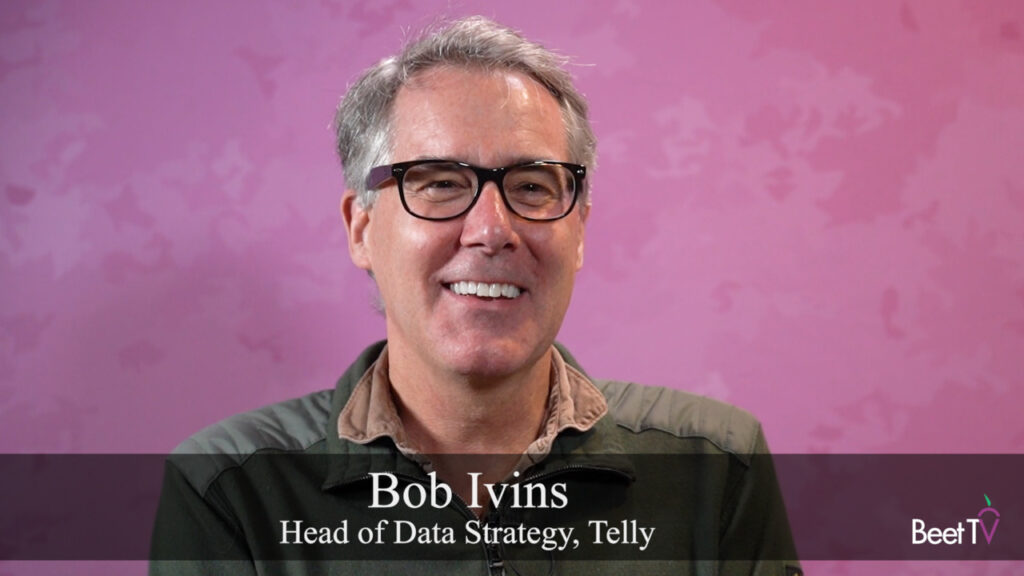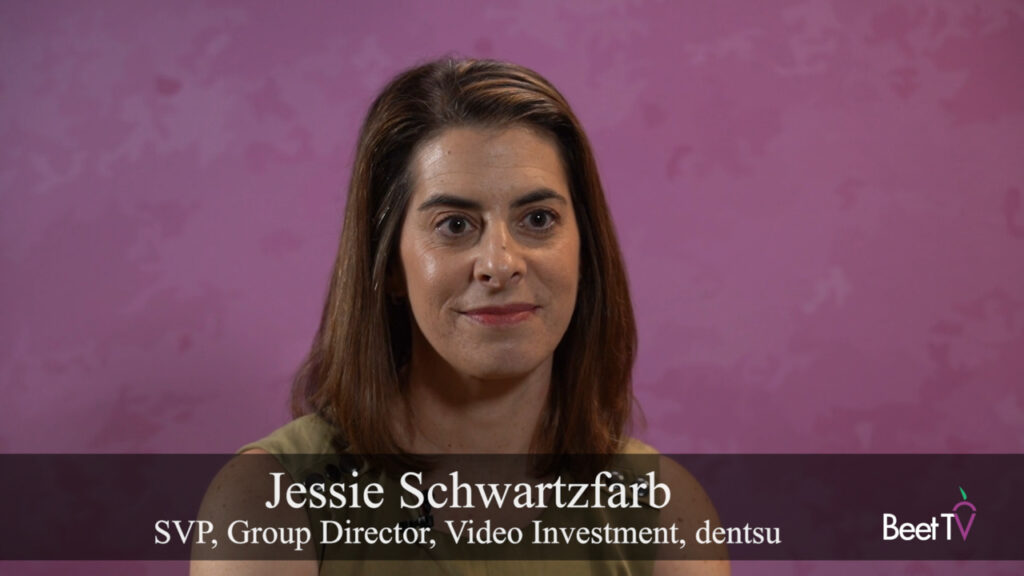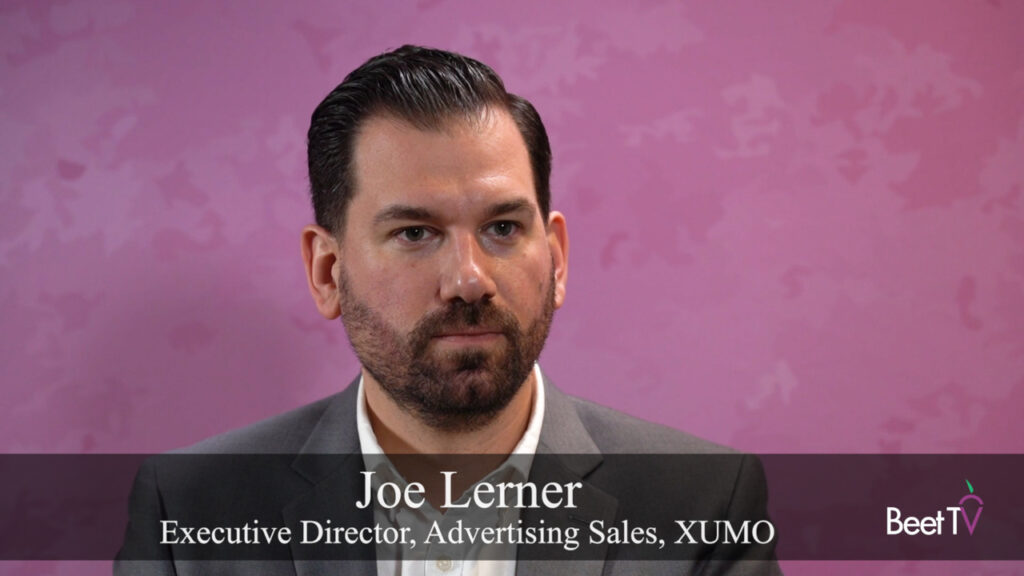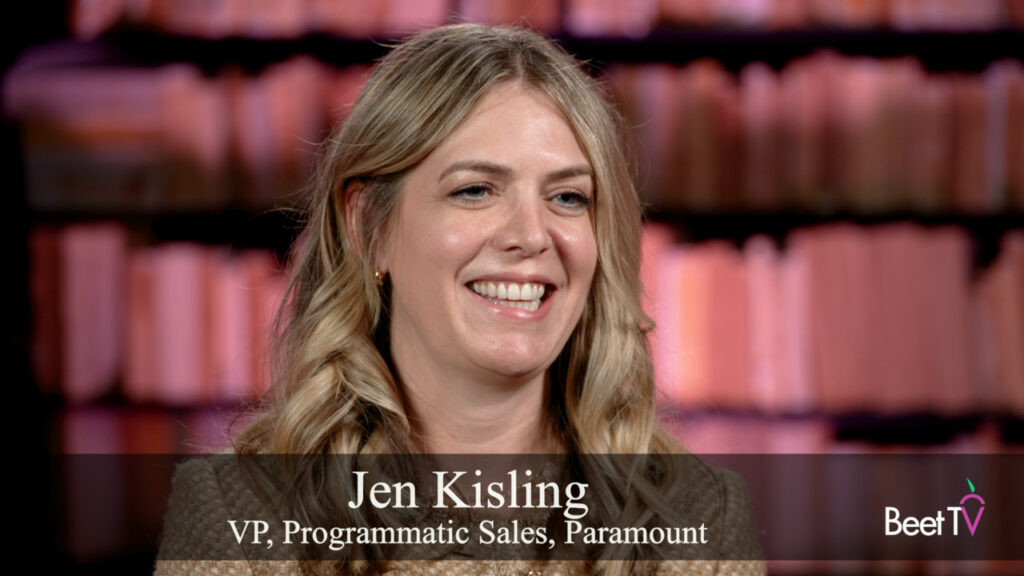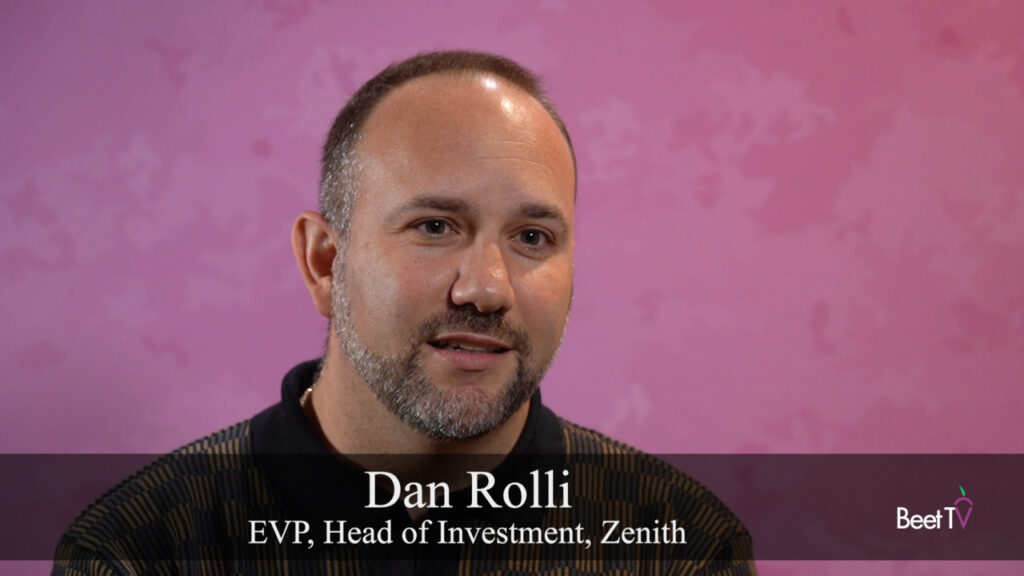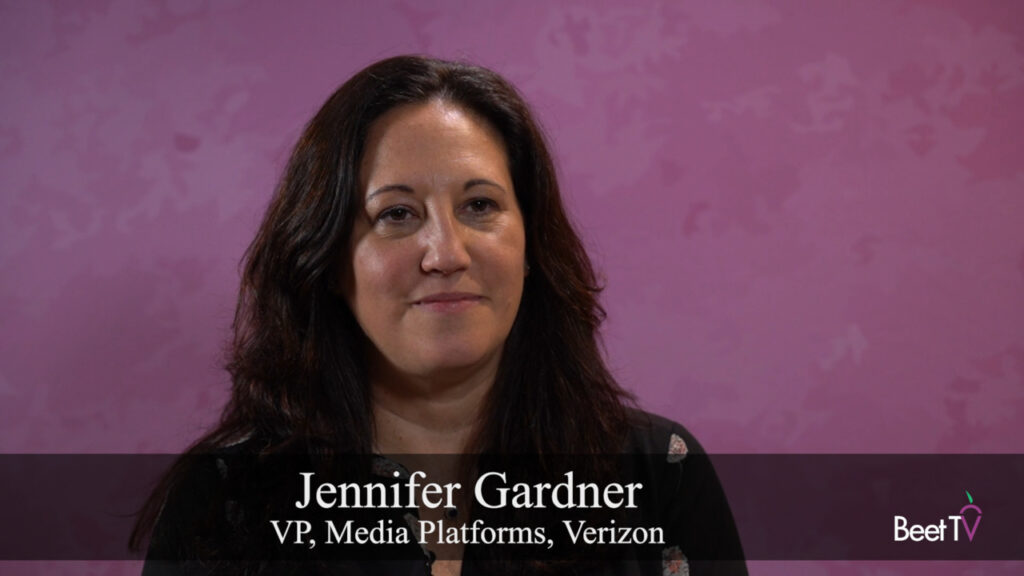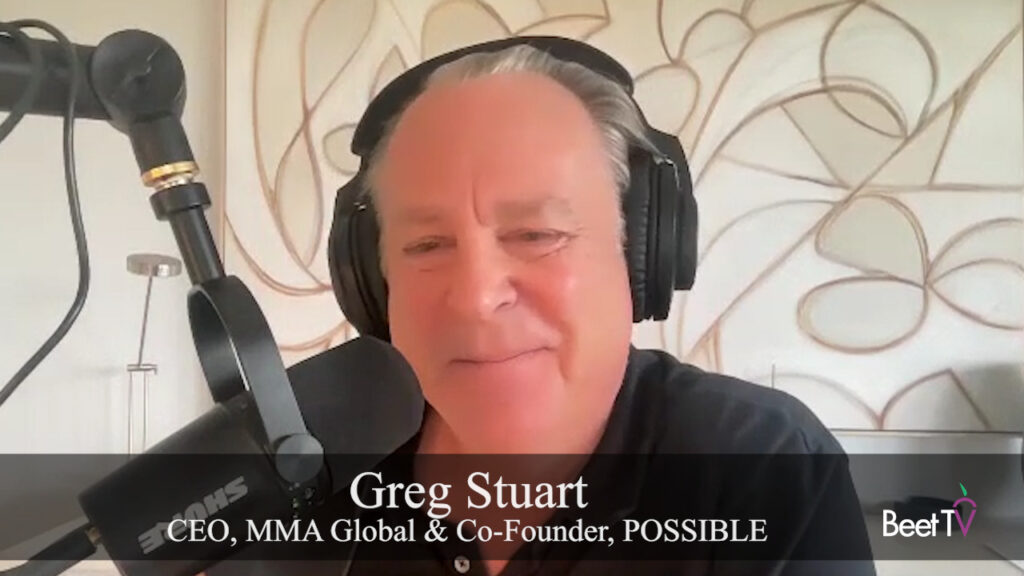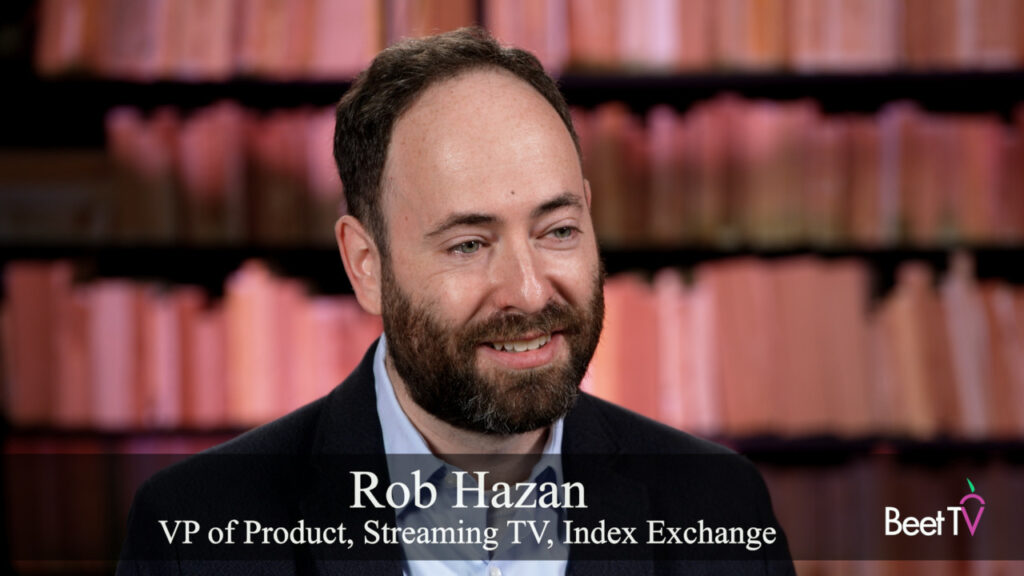
Tremor Media, the New York-based online video advertising network, has one billion video impressions and 135 million unique video viewers in its network according to Jason Glickman, CEO.
He says that despite all the buzz about instream and interactive advertising, pre-roll advertising is the industry's mainstay.
Last week, Tremor introduced new enhanced video ad units and comScore announced last month the company is largest premium video ad network.
Andy Plesser, Executive Producer
Video Transcript
Andy Plesser: How have you guys become the biggest video ad network?
Jason Glickman: So for us it's built on our technology. We integrate our technology, it's called the QDO, and publishers, and we kind of look at publishers that are all professional content, publishers that fit what our advertisers are looking for, but it starts with the technology integration. And we aggregate that inventory and so we've been able to aggregate a significant amount. We're presenting this aggregated base of inventory to agencies and advertisers and we currently have access to more than a billion video impressions on a monthly basis and we reach more than 135 million unique users. And so it's a pretty significant amount of scale that we present for the television budgets that are now starting to shift into outline. And so we're presenting that story for that, that validated shift which is now happening.
Andy Plesser: What is the video that goes…what is the form of the ads that go into the videos? In other words is it overlay, pre-roll, post-roll? What, what, what's the scope of it?
Jason Glickman: So, uh, for awhile overlay got a lot of press buzz and that was sort of the high flyer but it never really materialized as the format of choice for brand advertisers. Pre-roll really has emerged as the format and it's not surprising that it's taken the form of that thirty second or fifteen second spot. In many ways it's the same exact piece of creative that's being used on television is now being used for online. We're now taking that to another level so we're starting to introduce new ad formats, new capabilities with regards to reporting and targeting, and so how you can take that thirty second or fifteen second spot and apply what the Internet is very good at, what online video is really good at, and really bring it to a whole another level of intelligence. That's sort of the process that we're taking. We're educating marketers on what the online video ad format can actually do, and so it's, you know, we have a long road ahead of us but the capabilities are there to really set us apart from what television is capable of.
Andy Plesser: Okay, so tell us about the range of the publishers. Is it the big guys, little guys, what's the range of publishers that are using Tremor Media?
Jason Glickman: So we go from, I think, about the top tail all the way through the torso. We don't touch the long tail. It's all professional content so that naturally does segment the types of publishers that we talk to. We have some minimum depression levels that we'll work with publishers on, but yeah, for us, it's all professionally produced, good quality content, good quality sites and we work with some of the largest publishers all the way through publishers that are probably known, but they use Tremor as their main source of revenue and source of sales.
Andy Plesser: Can you share some of the publishers names?
Jason Glickman: So that's not something that we publicly disclose, at least not…we've probably…obviously to advertisers when we're completely transparent. But, they're all sorts of publishers from the top news companies out there, the ones that you know probably very well, all the way through entertainment companies and we have thirteen different content channels, and we present in a transparent way to advertisers the places that they want to be. And as a network we're representing good quality sites and good quality audiences but we don't present our network in a way where you're able to buy one specific site because if an advertiser is very interested in that specific site we would direct them to go to that site specifically. We're presenting an aggregation of audiences and when you aggregate all those audience into a significant scale we provide more than you can get at any one individual publishers.
Andy Plesser: Okay, let me ask you this question. In terms of where the ads appear, they appear in the destination or they appearance in sort of a hyper syndicated scenario where the embedded player is or where do the ads, where do the ads appear?
Jason Glickman: So they appear mostly on the destination site. We're fairly skeptical about placing ads once it's been syndicated to blog because in that way you do sort of lose a little bit of control of the content that's appearing next to our advertisements. So we do restrict that our ads appear in and around content on a site that we know and a URL that we've approved. There are certain cases were some of the constant can be syndicated out, but we're very careful about where the ads appear and where we can actually appear against syndicated content.






